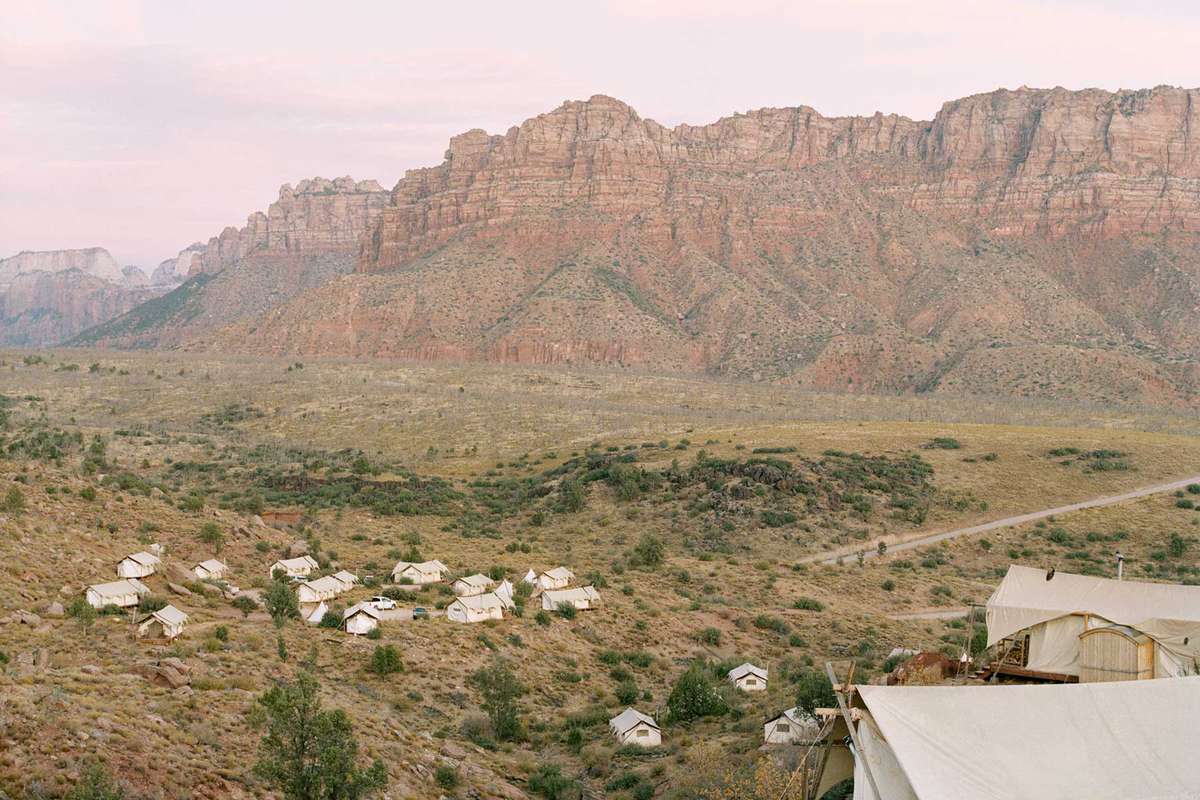America’s national parks are becoming more and more crowded. Some parks are extremely busy during the summer.
Out of necessity to preserve fragile ecosystems, some of the more popular are choosing to restrict visitor traffic with a reservation system.
Acadia National Park, located near Bar Harbor, Maine, is among the smallest and most popular national parks in the United States with more than 3.5 million visits a year. Growing visitation has caused severe traffic and parking congestion at the park’s most popular destinations. Recreation.gov has info on gaining access to the Cadillac Summit Road.
On January 3, 2022, Arches National Park, located near Moab, Utah, implemented a pilot timed entry reservation system to enter the park from April through October, 2022. Visitors will need three things for their visit, 1) timed entry ticket, 2) photo ID, and 3) park entrance fee OR valid park pass. Learn more at Recreation.gov
Glacier National Park, located near West Glacier, Montana, is implementing a vehicle reservation system from May 27 through September 11 this year. In addition to a vehicle reservation, visitors also need a park pass. There are two areas of the park affected by the vehicle reservation system. More at Recreation.gov
Rocky Mountain National Park, near Estes Park, Colorado, now requires each vehicle carry a special pass to enter the park between May 27 and October 10, 2022.
Shenandoah National Park, located just 75 miles from Washington, D.C. As of March 1, 2022, those wishing to hike Old Rag are required to purchase a day-use ticket.
Yosemite National Park, is crowded. Even in winter months. To cut down on congestion, a reservation is required to drive into the Park from May 20 through September 30, 2022.
Zion National Park, located on State Route 9 in Springdale, Utah, is piloting a permit program to hike Angels Landing starting April 1, 2022. The program provides a fair process that will improve visitor experience and protect park resources along Angels Landing. Permits will be required at all times of the year and times of day.
